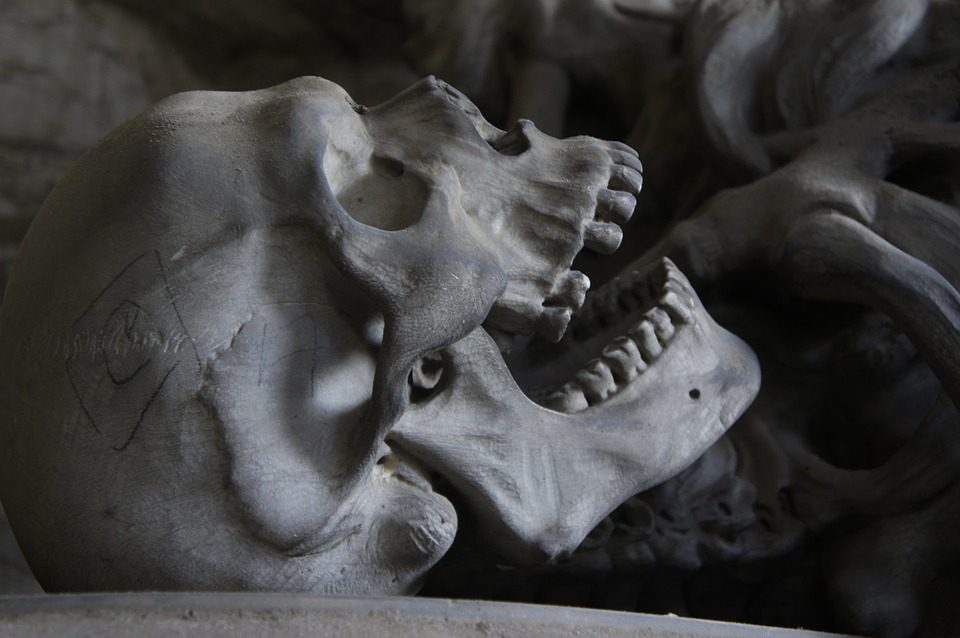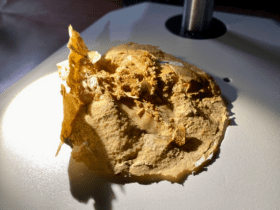An ancient skull unearthed at a 6,000-year-old massive stone structure in Spain still bears the scars of a gruesome ear operation.
The sufferer, archaeologists believe, had an acute middle ear infection on both sides, which may produce earaches and fevers. Without intervention, fluid may accumulate behind the eardrum, resulting in a noticeable bulge in the cranium, loss of hearing, and even potentially fatal swelling of the brain’s outermost membrane. This macabre skull finding shows that similar practices may have occurred thousands of years before.
Due to the fact that the skull was discovered by itself, it cannot provide anything regarding the owner. It belonged to a female, but without teeth or other limbs, it’s difficult to determine her age. There is evidence that she endured a particularly gruesome, early kind of ear surgery. The ear infections had to have been severe since experts believe that without anesthesia, ancient ear surgical procedures must have been brutally painful. To drill through into the cranium behind the ear, the lady would have required to be tied and kept down or administered a drug that rendered her unaware of her surroundings.
Whatever occurred, the procedure looks to have been successful. The bones around both of her ears exhibit evidence of degeneration, indicating an infection occurred, but they also exhibit no signs of illness at the moment of death. Indeed, bone renewal and restructuring were evident, which is a normal aspect of the process of healing.
Although both ears would have required surgery, just her left side has knife scars in the form of a ‘V’. The absence of these markings on the right side indicates that these lesions had already healed when the lady died. That implies she most likely had agonizing ear surgery twice over her lifetime. It is the world’s first documented radical mastoidectomy.
The findings were published in Scientific Reports.













Leave a Reply